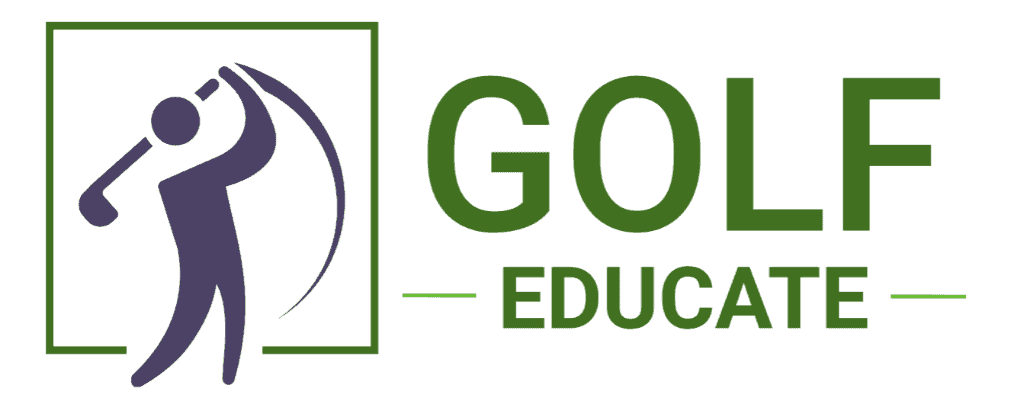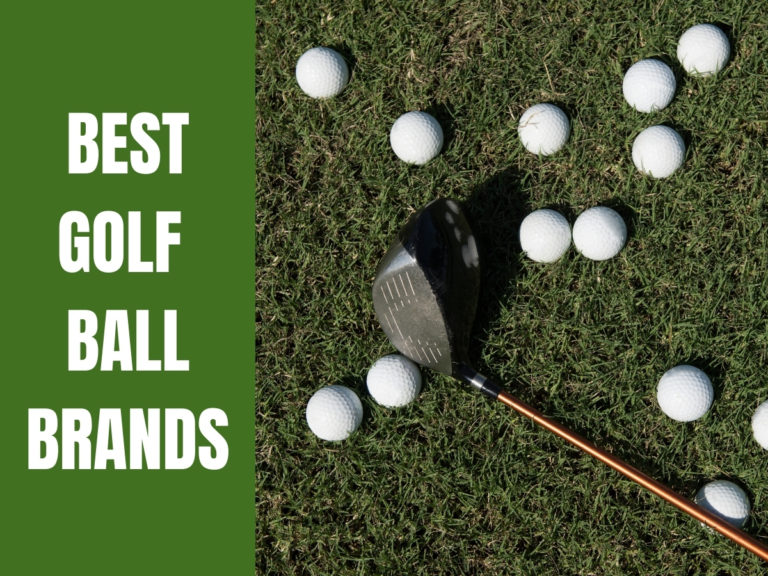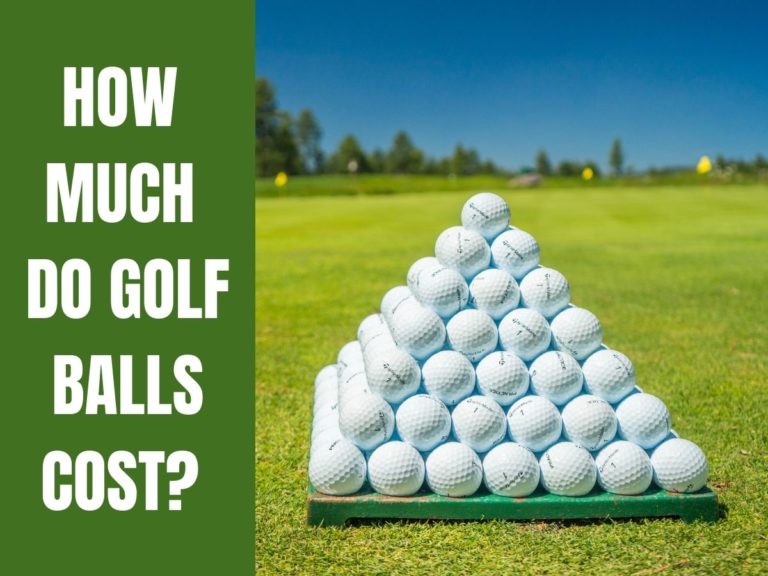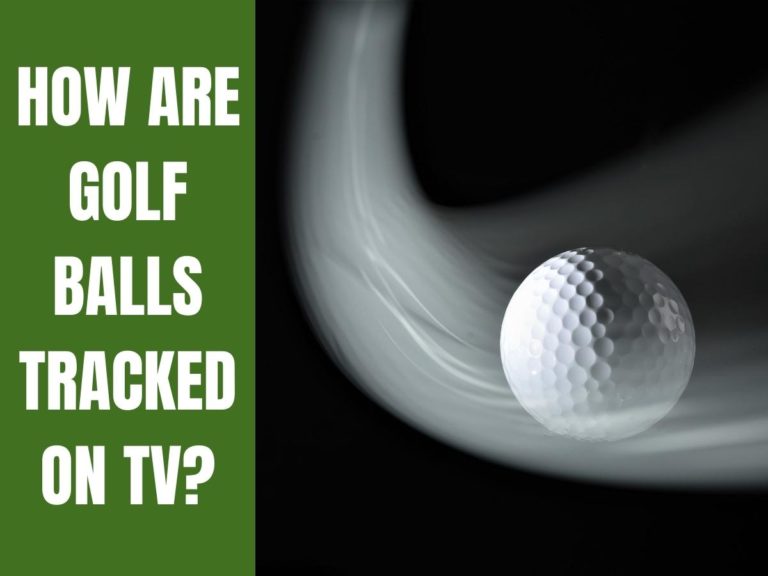What Are Golf Balls Made Of?
Modern golf balls have evolved considerably from their original designs, with modern technology offering a range of balls from single layer to five-layer interiors with different cover options as well.
The golf ball is made from a molded solid rubber core with layers of plastic or rubber surrounding it. Depending on the ball, it will either have a Surlyn or urethane dimpled cover and have the manufacturer’s brand and number pad printed on the surface.
The number of internal layers and the materials used will determine the golf ball’s performance and the type of golfer that will use a particular ball, depending on their skill level. Let’s tee off and see how they are made and what kind of ball you should be using for your game.
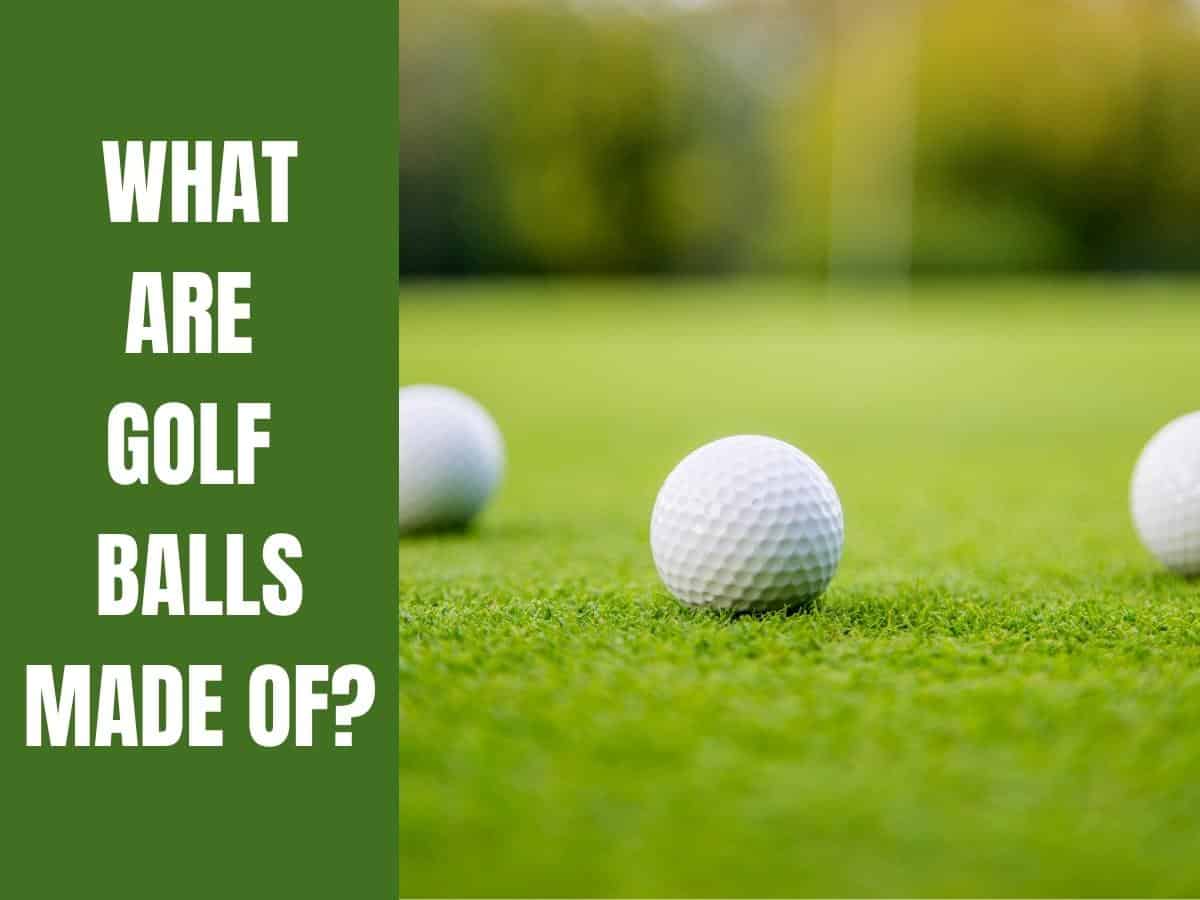
The First Golf Balls
Let’s look at what’s inside golf balls. In the 1500s, the original golf balls were made from beech and shaped for the game. Later on, around 1618, they became leather pouches stuffed with wet goose and chicken feathers.
As the leather and feathers dried, it shrank into a tightly compacted ball. As you can imagine, they probably didn’t last too long with the impact. By 1848, the gutta-percha ball was invented with a virtually indestructible hard rubber core.
In 1898, BF Goodrich created a ball with a rubber core surrounded by rubber threads, and by this time, golf balls were being molded, and the balata ball was the main choice for most of the early 20th century.
This era in golf also saw the introduction of the dimpled surface, which allowed golf balls to perform better in flight and distance. 1967 saw the removal of the layered core and the introduction of Surlyn, which led to the two-piece ball that many golfers still use today.
The Modern Golf Ball
While you may not give your golf ball much thought when teeing it up, its genesis and evolution are considerable. Much of it has to do with the internal use of different materials to give golf balls slightly different playing characteristics.
Today, you have one, two, three, four, and five-layer balls, each with an increasing number of materials between the core and the cover. Covers are still either Surlyn or urethane.
The cheaper balls tend to be one-layer and two-layer balls with a Surlyn cover, while the premium balls have multiple layers and a urethane cover. Let’s look at the structure of each one briefly.
The One-Piece Golf Ball
This ball is a solid piece of Surlyn from core to cover and is most commonly found at driving ranges and putt-putt or mini-golf courses. These are not good for play on a course as the distance is poor and spin is virtually non-existent.

The Two-Piece Golf Ball
These are usually made from polybutadiene, a synthetic rubber that forms the ball’s core. They tend to have a Surlyn cover, but some manufacturers like Bridgestone have a urethane cover.
These balls travel the furthest of any ball, roll further, and are a good choice for beginners and novices as they are relatively cheap and good for players with a slower swing speed.
Two-piece balls include Callaway’s Warbird, Srixon’s High Spin, and the Dunlop LoCo.
The Three-Piece Golf Ball
One of the most famous three-piece golf balls is Titleist’s Pro V1, and others include Bridgestone’s Tour BTX and TaylorMade’s Project A. These golf balls have a softer core and mantle layer that helps compress the core for more distance and spin.
The mantle layer adds greater control for the driver, woods, and irons allowing players to shape it accurately with more velocity off the clubface.
The Four-Piece Golf Ball
With their dual-core design and the addition of a middle cover, these are the balls used by the pros and scratch golfers as this ball provides that extra soft feel, with the middle cover layer adding distance.
These are also more expensive than the three-piece balls with a dual-core construction offering greater precision, especially on iron shots for the player, than the three-piece golf ball.
Examples of the four-piece balls are the Titleist Pro V1x, Callaway Chrome Soft, and Srixon’s Z Star XV.
Read more: Why Are Golf Balls So Expensive?

The Five-Piece Golf Ball
TaylorMade’s PentaTp was the first five-layer golf ball introduced in 2010 and aimed to erode the Pro V1’s dominance as a premium ball. The 5-piece ball has a layer for each shot with two cores and two mantles, driving, long irons, mid-irons, short-irons, and wedges.
With good distance and soft landings, these balls like the Callaway Chrome Hex are popular with the pros for added control and precision.
There was even an attempt by Maxfli at a six-piece ball, but that never got off the tee!
Do you want to know what balls PGA pros use? Check out this article, 5 Most Popular Golf Balls on The PGA Tour.
What Golf Ball Should You Use?
Before looking at what golf ball would suit you, ask yourself what you want out of your golf ball and what level you play the game at – and be honest!
Chatting with your coach or local pro will undoubtedly yield some good advice, and DON’T get suckered into buying premium balls because their marketing is so good.
Buy a ball that will suit your game and your pocket as a $1 ball makes the same splash when it hits the water as a $5 ball. You only need to look at how many golf balls are lost each year to realize you will not be the exception.
And always make sure your golf ball is clean and not ‘scuffed up’ before you tee off on every hole. You can change it, no problem, with any ball in your bag before you ‘drive off.’ A damaged ball may not travel as you intended.
You can only change your golf ball on the fairway if it gets damaged by hitting a cart path, for example. But clearly, if it goes in a water hazard or out of bounds and is unretrievable, you are allowed to take a new ball.
But not on the green; you must make every putt with the same ball that you played into the green. These rules have been designed to stop players from continually swapping balls to suit what shot they want to play. You can read more in this article for further insight, How Often Do PGA Tour Players Change Balls?
And if you are playing in a competition, make sure you are aware of any ‘local rules’ that state you must play the entire round with the same type of ball.
What Ball Would Be Best For High Handicap Players?
There is no point in opting for three or four-piece balls if you have a slow swing speed or are shooting in the 90s or 100s. You are wasting your money here.
A good two-piece golf ball is more than enough for most golfers playing around the 16+ handicap level. While you could opt for a better and more expensive three-piece, this would probably be born more of ego than necessity.
The Best Ball For Mid-Handicap Players
If you have a decent swing speed and are playing consistently in the mid-to-high 80s, then a three-piece or even a four-piece ball would be better than the two-piece as you now have greater control and accuracy and require a ball that is required you can shape as well as spin.
Low Handicap Players, Scratch, And Pro Golfers
In the low 80s and 70s or better, a four-piece or the premium three-piece ball would be advisable as now you have far better control and can create and shape shots with greater accuracy and consistency.
If you’re playing the PGA Tour, well, then you don’t have to worry, as your sponsors will give you all the balls you want and those that are adequately suited to your game. If it’s in your plans to become a pro golfer, check out this article, 7 Ways To Become a Pro Golfer.
Final Thoughts
The evolution of the golf ball continues, and it’s going to be interesting to see whether the USGA / R&A will consider implementing restrictions on the golf ball design to combat growing calls for reducing distances in the pro game.
Developing new materials that could leave the current designs obsolete in a few years will be more interesting. Who knows, maybe they can make a ball that will go straight no matter how badly you hit it, but I think that we would be in the realm of science fiction!
Related Posts You May Like:
